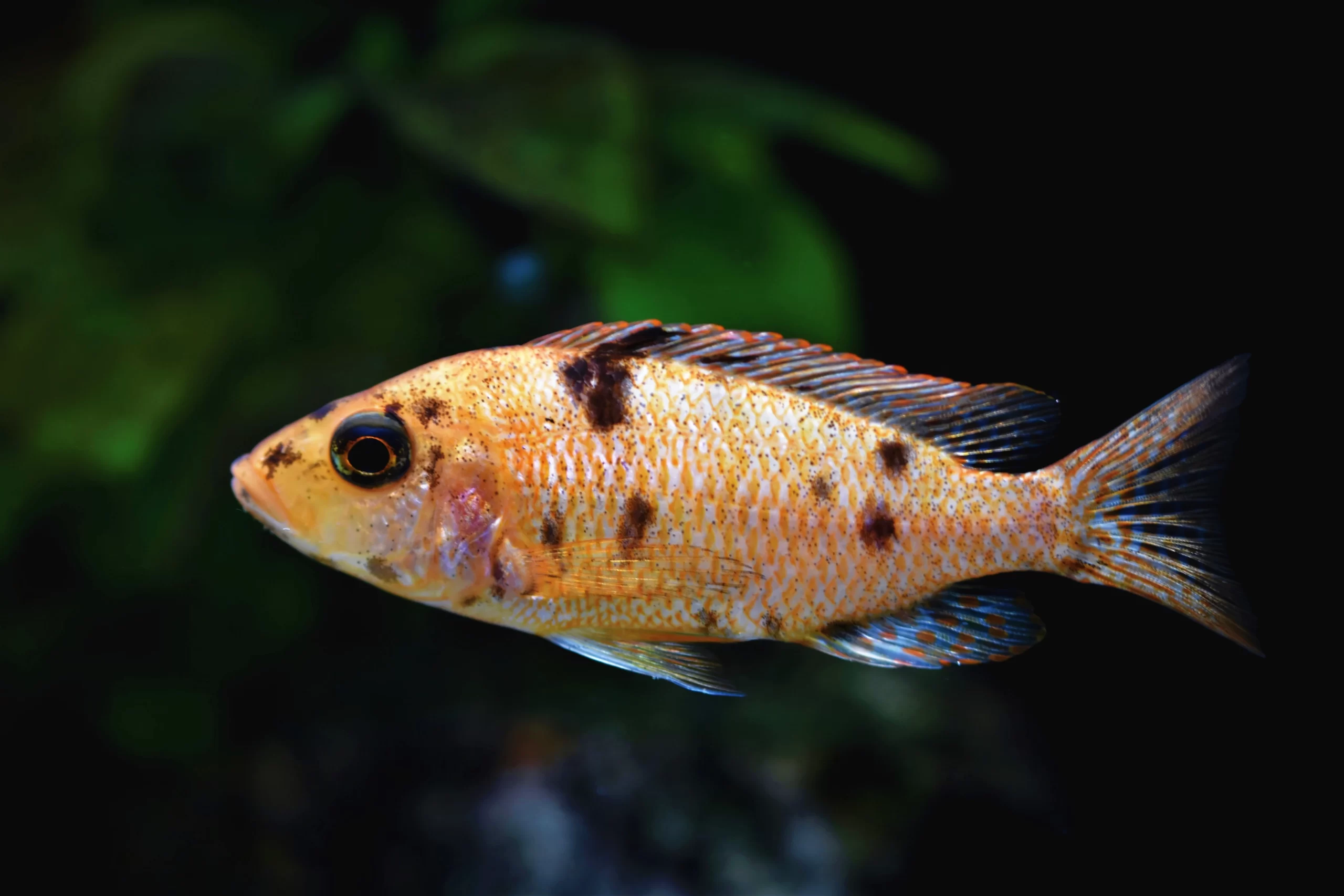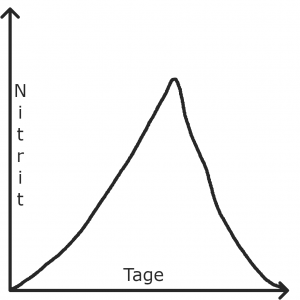

Running-in phase of an aquarium
Now that you have set up the tank and put it into operation, you have to wait, because now the run-in phase begins. This time lasts on average about 3-4 weeks. Until this time is over, you should not put any fish in the tank as a beginner. Also, no snails or other invertebrates should move in yet.
What is the run-in period for an aquarium?
Important bacteria cultures develop during the start-up period of an aquarium. These then ensure that toxic substances such as nitrite are broken down or converted into non-toxic substances during normal operation. Since the bacteria must first multiply in order to later be able to process the waste of the fish or possible food residues, the run-in period is definitely recommended.
What do I need to consider during the start-up phase of an aquarium?
In order for the bacteria, which later neutralize the harmful substances, to develop, you need to add a little bit of (fish) food to the aquarium every day. The amount depends on the size of the tank.
My pool is cloudy
Turbidity during the start-up period of the tank is quite normal. This does not harm the aquarium. Normally, this disappears again within a few days by itself.
Nitrite peak
Water tests are very helpful to detect this nitrite peak. When this is over and the nitrite value is at 0, you can put the first inhabitants into the aquarium without any problems.


Is it possible to shorten the running-in period?
Yes, you can shorten the break-in period by adding furnishings, substrate or filter materials from an already broken-in aquarium to the new tank.
Is it possible to skip the start-up phase of an aquarium?
You can skip the run-in, but then you should check the water values several times a day and change the water if necessary. With a little luck, the whole thing can also work successfully without water tests.
Cycle
After a bacterial culture is established, a cycle is created in the water.
- Animals are fed
- Ammonium is excreted
- Dead plant parts and ammonium become nitrites
- These are converted to nitrates
- Nitrates are needed by the plants to grow